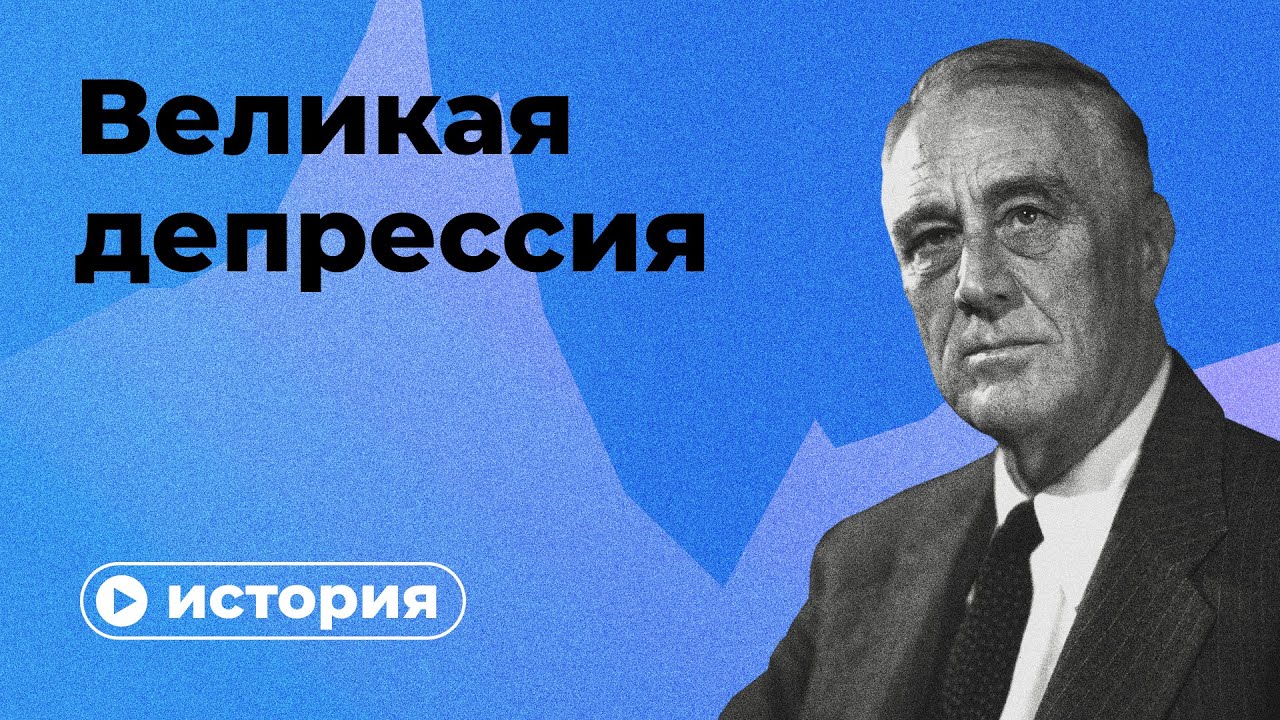FDR & the New Deal: How Progressive Economics Saved America
Summary
TLDRThe video script chronicles the dire circumstances of the Great Depression in America, detailing the failure of President Hoover's policies and the rise of Franklin D. Roosevelt. It highlights Roosevelt's New Deal, which introduced sweeping reforms to combat economic collapse, restore confidence, and offer relief through programs like the Civilian Conservation Corps and the Works Progress Administration. Despite opposition from corporate elites and legal challenges, Roosevelt's leadership, marked by unprecedented federal intervention, reshaped American society and strengthened the role of the government. His bold reforms helped preserve democracy and redefined the nation's economic future.
Takeaways
- 📉 The Great Depression left 13 million Americans unemployed, with many relying on private charities, as there was no welfare state at the time.
- 🏚️ Many people faced evictions and had to live in shantytowns called 'Hoovervilles,' named after President Herbert Hoover, who believed in self-help over government aid.
- 🤝 Franklin D. Roosevelt (FDR) ran for president in 1932, criticizing Hoover's handling of the crisis and promising bold actions to restore the nation’s prosperity.
- ⚡ FDR’s famous line 'The only thing we have to fear is fear itself' emphasized his belief in decisive action and confidence in overcoming the Great Depression.
- 🏛️ During his first 100 days, FDR pushed through 15 new laws, including banking reforms, which restored public confidence in the financial system.
- 🛠️ The New Deal programs, like the Civilian Conservation Corps (CCC), provided jobs to millions and turned the federal government into the country's largest employer.
- 📜 FDR passed major legislation, including the National Industrial Recovery Act (NIRA), which imposed wage and price controls and gave workers the right to unionize.
- ⚔️ FDR faced opposition from corporate elites, some of whom were involved in a plot to overthrow him, but his policies gained widespread public support.
- 💡 FDR’s New Deal created sweeping changes in America, building infrastructure, reforming industries, and establishing Social Security to provide a safety net.
- 🏛️ Despite facing challenges from the Supreme Court and political opponents, FDR's leadership through the Depression cemented his legacy as one of America's greatest presidents.
Q & A
What were the unemployment rates and the economic conditions in America in 1932?
-In 1932, 13 million Americans were out of work, and nearly a third of the population relied on handouts from private charities. There was no welfare state at the time, and many people faced evictions as they could no longer afford their homes.
What was President Herbert Hoover's stance on government intervention during the Great Depression?
-Herbert Hoover believed in self-help, not government aid. He opposed the creation of a welfare state, thinking it would encourage idleness. His response to the unemployment crisis was considered too little and too late by many.
What were Hoovervilles, and why were they named that?
-Hoovervilles were shanty towns built by the homeless during the Great Depression. They were named after President Hoover, whom many blamed for the economic collapse and the lack of effective government intervention.
How did Franklin Delano Roosevelt's leadership differ from Herbert Hoover's during the 1932 election?
-Roosevelt presented himself as a confident and charismatic leader, advocating for government intervention to restore America to prosperity. He ran on a platform of decisive action, unlike Hoover, who had resisted government intervention. Roosevelt won nearly 60% of the popular vote.
What significant action did Roosevelt take immediately after becoming president in 1933?
-Roosevelt closed all banks for four days to prevent the collapse of the banking system. He then pushed through Congress 15 new laws during his first 100 days in office to address the economic emergency.
How did the American public respond to Roosevelt’s actions in the early days of his presidency?
-Roosevelt’s decisive actions helped restore public confidence. He received 400,000 unsolicited letters in support, and the country began to feel hopeful again. The Roosevelt White House had to hire additional staff to handle the influx of mail, reflecting widespread public engagement.
What was the National Industrial Recovery Act (NRA), and why was it significant?
-The NRA, passed in 1933, aimed to regulate industry by imposing wage and price controls and ensuring workers' rights to collective bargaining. It introduced industrial codes to match America's production capacity with its needs, and its symbol, the Blue Eagle, became a rallying symbol for economic recovery.
What was the role of the Civilian Conservation Corps (CCC) under Roosevelt’s New Deal?
-The CCC employed unemployed youth from cities to work in rural areas, paying them a dollar a day. It was part of Roosevelt’s broader effort to provide jobs, improve the environment, and boost morale during the Great Depression.
What was the Supreme Court's response to Roosevelt’s New Deal, and how did it affect his policies?
-In 1935, the Supreme Court struck down key parts of the New Deal, including the NRA and the Agricultural Adjustment Act (AAA), arguing that they exceeded the federal government’s constitutional authority. This led to a political showdown between Roosevelt and the Court.
How did Roosevelt’s New Deal affect American society and the economy by the late 1930s?
-The New Deal transformed the country by building infrastructure, providing Social Security, and creating employment programs. However, it also faced criticism from business elites and the Supreme Court. Roosevelt’s reforms helped stabilize the economy and improved the buying power of ordinary Americans.
Outlines

This section is available to paid users only. Please upgrade to access this part.
Upgrade NowMindmap

This section is available to paid users only. Please upgrade to access this part.
Upgrade NowKeywords

This section is available to paid users only. Please upgrade to access this part.
Upgrade NowHighlights

This section is available to paid users only. Please upgrade to access this part.
Upgrade NowTranscripts

This section is available to paid users only. Please upgrade to access this part.
Upgrade Now5.0 / 5 (0 votes)





